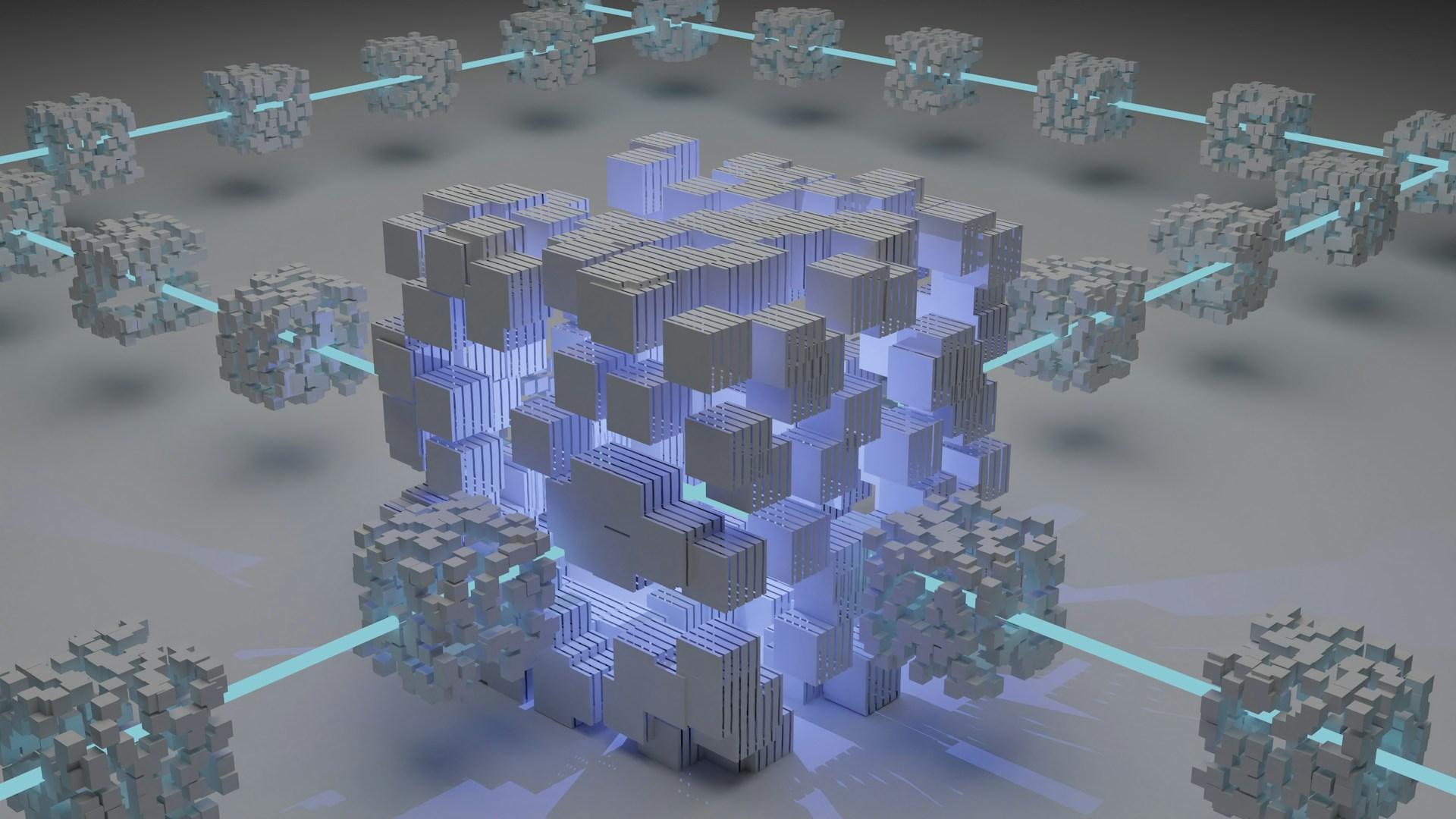
MAY 29, 2024
Understanding Blockchain Technology: The Backbone of Digital Assets

Blockchain technology has emerged as one of the most revolutionary advancements in the digital age. While often associated with cryptocurrencies like Bitcoin and Ethereum, its applications extend far beyond digital currencies. This article explores the fundamental concepts of blockchain, its various use cases, and its potential to transform industries.
What is Blockchain?
At its core, a blockchain is a decentralized, distributed ledger that records transactions across many computers in such a way that the registered transactions cannot be altered retroactively. This ensures the integrity and security of the data.
Key Features of Blockchain:
1. Decentralization: Unlike traditional centralized systems, blockchain operates on a peer-to-peer network. This means no single entity has control over the entire network, reducing the risk of centralized points of failure.
2. Transparency: All transactions are recorded on a public ledger that is accessible to anyone. This transparency enhances trust among participants.
3. Immutability: Once data is recorded on the blockchain, it cannot be altered. This immutability is achieved through cryptographic hashing and ensures the integrity of the data.
4. Security: Transactions are encrypted and linked to the previous transaction, forming a chain. This cryptographic security makes blockchain resistant to fraud and cyberattacks.
How Does Blockchain Work?
A blockchain is composed of blocks, each containing a list of transactions. Here’s a simplified overview of how it works:
1. Transaction Initiation: A user initiates a transaction, which is then broadcasted to the network of computers (nodes).
2. Validation: Nodes validate the transaction using consensus mechanisms like Proof of Work (PoW) or Proof of Stake (PoS).
3. Recording: Once validated, the transaction is bundled with other transactions into a block.
4. Hashing: Each block is given a unique hash, which is a cryptographic representation of the block’s contents. This hash also includes the hash of the previous block, linking the two blocks together.
5. Chain Formation: The block is added to the blockchain, creating a continuous chain of blocks.
Applications of Blockchain Technology
While cryptocurrencies are the most well-known application of blockchain, the technology’s potential is vast and varied:
1. Financial Services: Blockchain can streamline processes such as cross-border payments, reducing costs and increasing speed. It also enables the creation of decentralized financial services (DeFi) platforms.
2. Supply Chain Management: Blockchain can enhance transparency and traceability in supply chains, ensuring the authenticity of products and reducing fraud.
3. Healthcare: Patient records can be securely stored and shared using blockchain, ensuring privacy and improving data integrity.
4. Voting Systems: Blockchain can enable secure and transparent voting systems, reducing the risk of electoral fraud.
5. Real Estate: Property transactions can be simplified and secured through blockchain, reducing the need for intermediaries and lowering costs.
6. Intellectual Property: Blockchain can protect intellectual property rights by providing a transparent and immutable record of ownership and transactions.
The Future of Blockchain
Blockchain technology is still in its early stages, and its full potential is yet to be realized. As technology evolves, we can expect to see more innovative applications and broader adoption across various industries. The development of more scalable and efficient consensus mechanisms will further enhance blockchain’s capabilities.
Conclusion
Blockchain technology is more than just the foundation of cryptocurrencies; it is a transformative tool with the potential to revolutionize numerous industries. Its core features of decentralization, transparency, immutability, and security make it a robust solution for many modern challenges. As we continue to explore and harness the power of blockchain, its impact on our digital and physical worlds will undoubtedly grow.
More Stories

DECEMBER 16, 2024
Day trading cryptocurrency can be a profitable endeavor- especially if you want to make consistent gains in crypto. But, it’s not for the faint-hearted.

NOVEMBER 11, 2024
Most people believe stablecoins are only useful as base pairs or for sending money. But, they also help crypto traders avoid the inherent volatility of the market. We’ll explain how.

OCTOBER 12, 2024
A guide for beginner traders looking to get started in the crypto market.

SEPTEMBER 03, 2024
For most crypto newbies, the perfect entry port into the crypto market is through an exchange platform.

MAY 29, 2024
Blockchain technology, initially developed as the underlying infrastructure for Bitcoin, has rapidly evolved beyond its original purpose.